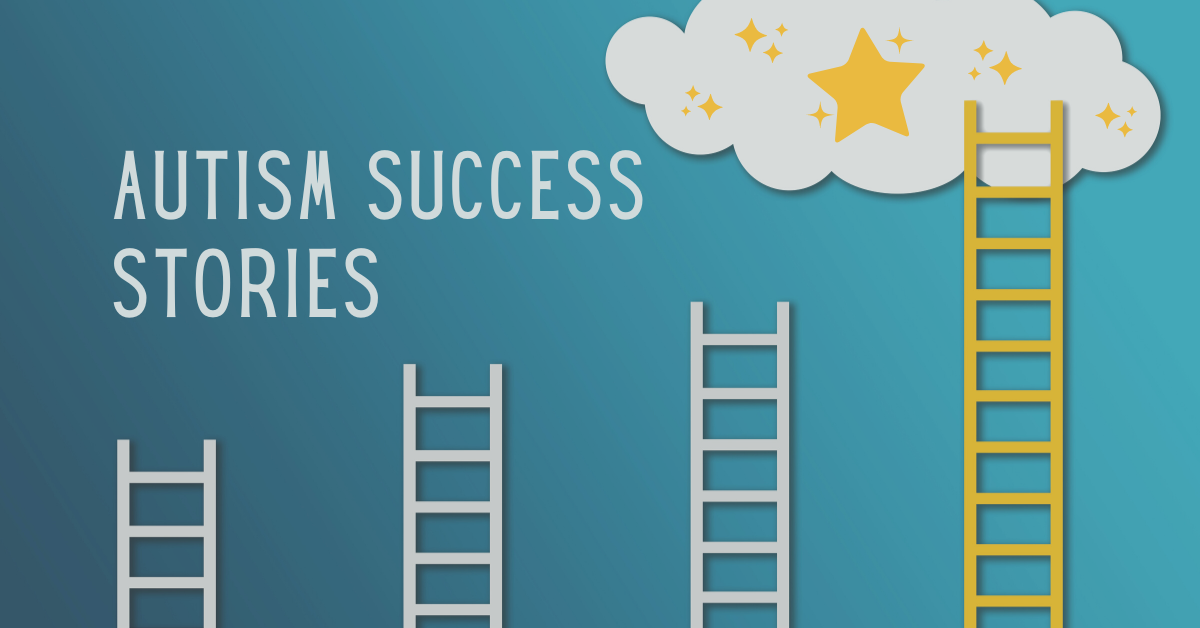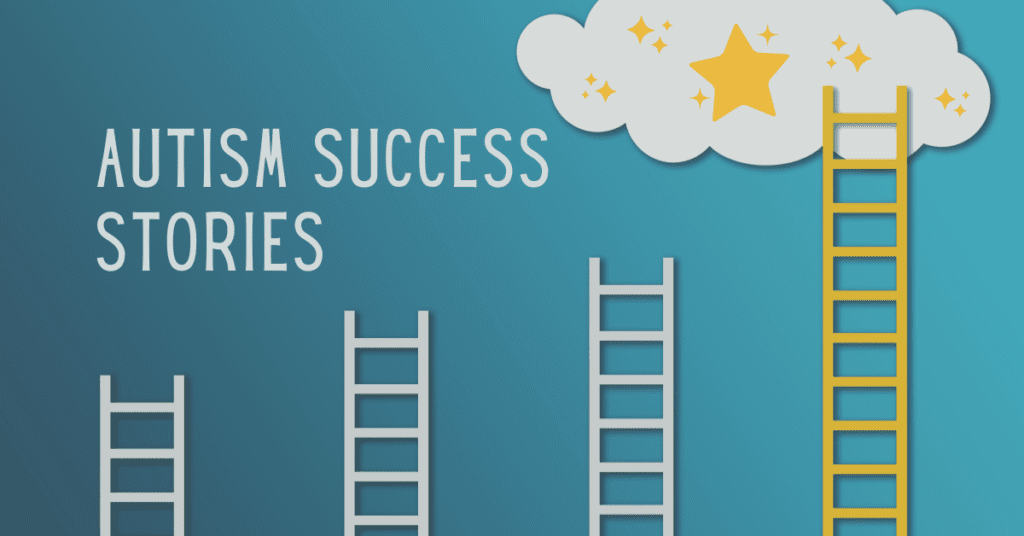This post originally appeared in the February 2020 issue of the Autism Alliance of Michigan MiNavigator Newsletter . Written by former Healing Haven BCBA Carita Niemann, M.Ed., BCBA, LBA.

Valentine’s Day is a special time of the year. We often pause and express love to those who are close to us. However, communicating this love to each person in our lives takes a unique form. According to Dr. Gary Chapman, author of The 5 Love Languages®, everyone expresses and receives love in a unique way. Children with autism are no different!
In my 10 years of working with children with an autism diagnosis, I have loved the challenge of finding ways to “reinforcer pair” with them. This is applied behavior analytic talk for “loving them in their own unique way.” For some children it can be as simple as providing them with their favorite toy. While for others, this can entail months of chasing them with hand puppets, blasting them up like a rocket, and working up a sweat to evoke one heartful giggle.
As parents and caregivers of children with autism, when we do the work of finding ways to show love to our kids — they return the love tenfold. Just like any relationship, it is always helpful to reflect on new ways to express our affection.
5 Ways to Express Love to Your Child with Autism
Using the wisdom of The 5 Love Languages®, here are a few ideas of how you can express love to your child with autism this Valentine’s Day:
Words of affirmation
Many children with autism are visual learners. As a result, they respond well to pictures, videos, and written words over spoken words of affirmation. Consider creating a photo book with pictures of significant memories with your child and a few words to describe each memory.
Physical touch
Children with autism seek sensory input in a myriad of ways. Some enjoy the physical touch of loved ones through hugs, tickles, cuddles, and kisses. While on the other hand, others find more enjoyment in the sensory input from the physical environment in which we live. This Valentine’s Day, if Michigan winter allows, try spending time outdoors with your child exploring the cold snow. For extra sensory input, take food coloring with you and watch a winter wonderland turn into modern art!
Quality time
Our children receive demands all day long— “get dressed,” “clean up,” “do this,” “do that,” etc. As adults, it is challenging for us to spend time with a child without placing any demands. However, with some effort, perhaps this is a true gift we can offer your child this Valentine’s Day. Intentionally plan for one hour of praise, imitation, attention, and freedom to be exactly who they are in that moment.
Receiving gifts
Although chocolate and a teddy bear may be the perfect gift for some kids, there are other options too. A beautiful gift for any child could be the gift of a new experience. Depending on your child’s interests and preferences, here are some ideas to consider. You could take them to a sensory friendly movie, bake cookies from scratch, complete a science experiment, visit an indoor trampoline park, or explore the various children’s museums in Michigan. Additionally, find a winter activity in this blog post that would feed their need for sensory or motor input. Then purchase the items and package them together for a gift this Valentine’s Day.
Acts of service
As a twist, the recommendation for this category does not directly involve expressing love to your child with autism. As parents and caregivers of children with special needs, we spend much of our time caring for others. In order to give from a fuller cup, try scheduling time for self-care this Valentine’s Day. As little as 10 minutes of meditation can lead to decreased anxiety, physical pain, and even cardiovascular disease.
Remember, “The number of ways to express love within a love language is limited only by your imagination” (Chapman). Let your creativity soar this Valentine’s Day as you express love to your child with autism – and anyone else in your life!
For additional reading on this subject, our Founder & President Jamie McGillivary, MS, LLP, BCBA, LBA, spoke about it with Metro Parent in 2022 – What Love on the Spectrum Looks Like.







